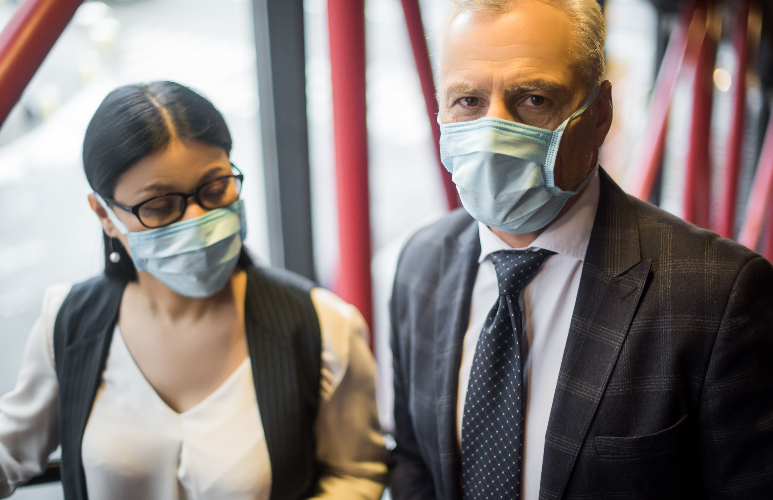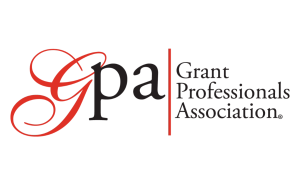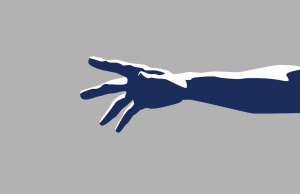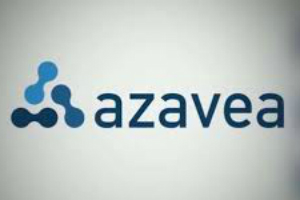In this altered world we share there’s no business as usual, only cascading uncertainties and daily workarounds as we figure out how to offer services while also keeping people safe. In this house of mirrors, grant professionals are confronted with their own set of challenges. How can you propose a solid program plan when it’s impossible to know what limitations will exist a few months down the road?
“When developing grant proposals outside the specific realm of pandemic response, program planning is going to be more time-consuming now,” said Barbara Floersch of The Grantsmanship Center in Los Angeles, Calif. “Because you can’t assume you’ll be able to operate as you did in the past, every program plan needs to include a Plan B, and maybe even a Plan C. Submitting a business-as-usual request for funding would be tone deaf.” When describing the program plan in this COVID-19 era, Floersch offers a few suggestions:
- Acknowledge the uncertainty and tell the reader your team has planned for best to worst case scenarios.
- After explaining the business-as-usual approach, present a Plan B, and maybe even a Plan C. Tell the reader how you developed the alternative plans. Did you consult experts? Did you study alternative approaches that others in your field are using? Why do you think these approaches are safe?”
- Explain the how you’ll decide which plan to use. What will trigger moving from Plan A to Plan B, or even to Plan C? What data will you assess? Who will you consult? Who will make the final call?
Not only do organizations have to do double or triple the planning work, the stakes are also through-the-roof high. “This is no time for a quick read of literature and a little brain storming,” said Floersch. “Your potential funders and your beneficiaries both need solid assurance that you have done take-it-to-the-mat due diligence. People’s lives are at stake.” © Copyright 2020 The Grantsmanship Center.












